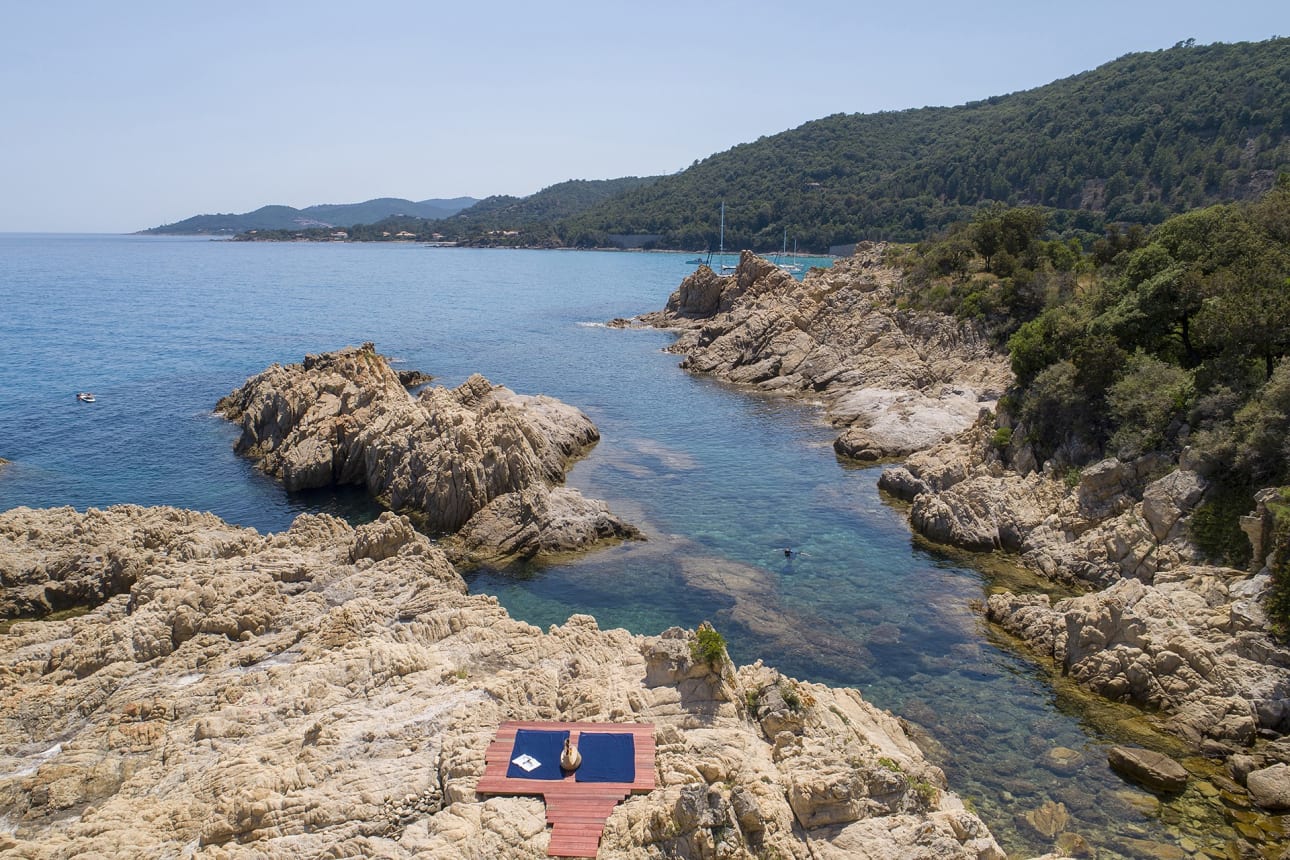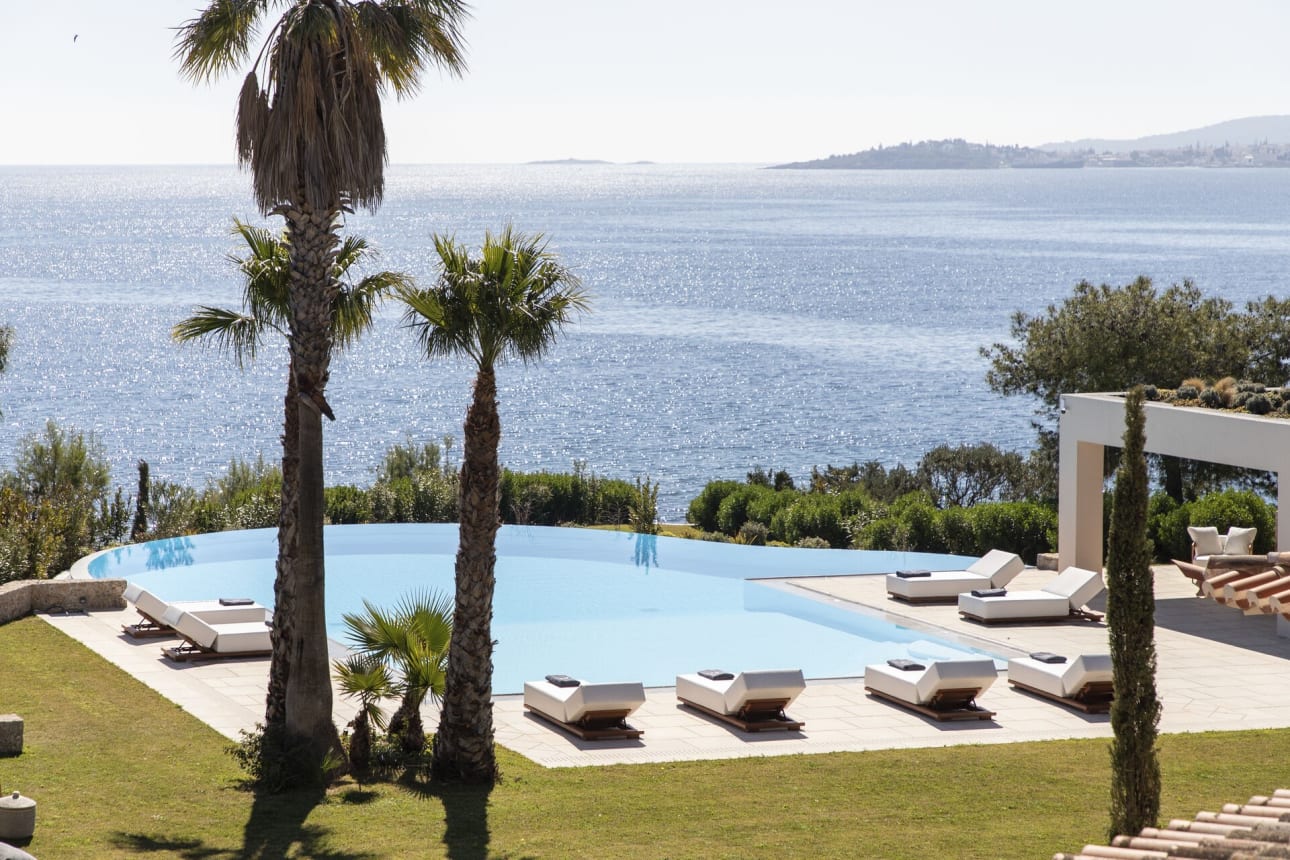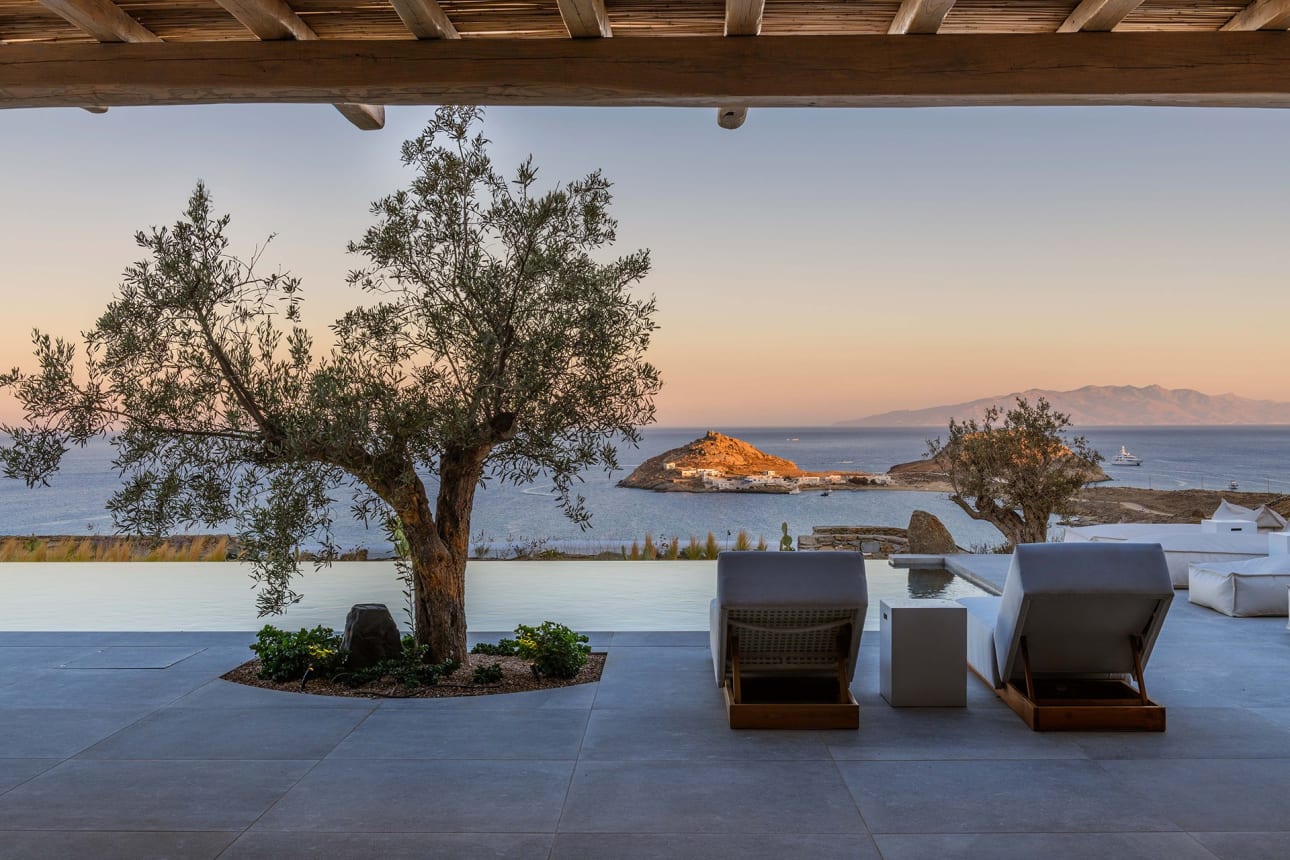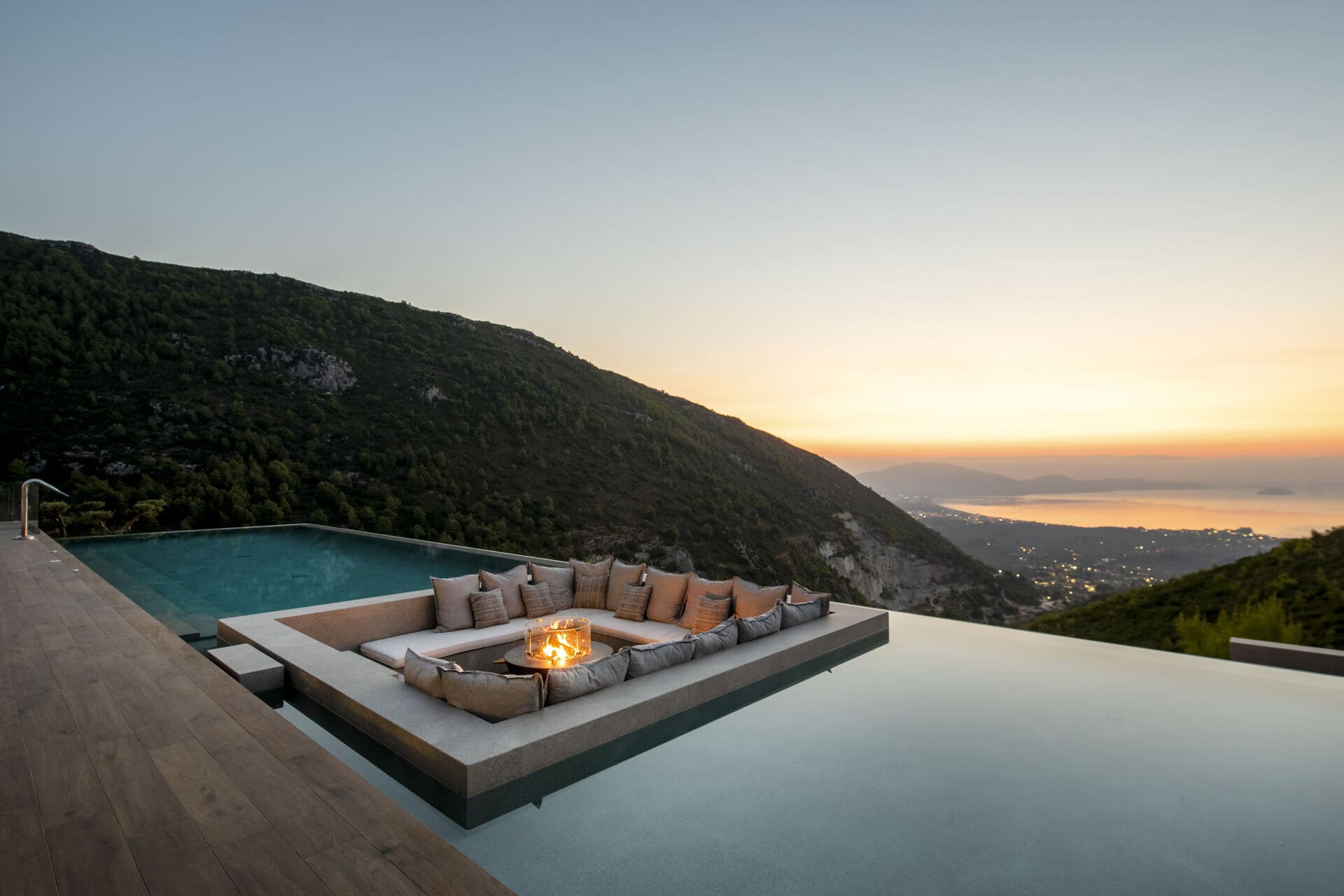Unique Sicilian architecture and 11 castles you don’t want to miss
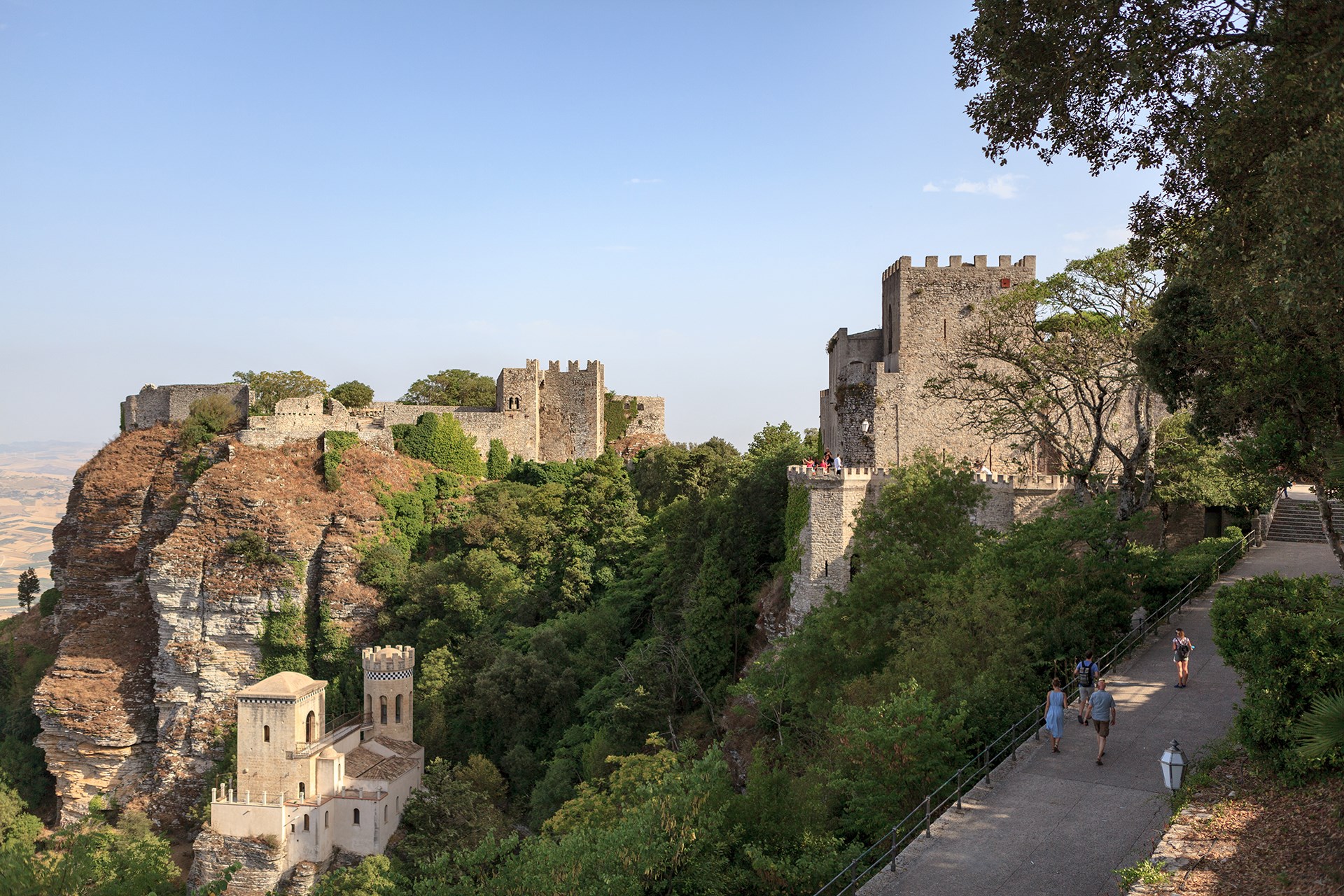
Sicily is architecturally rich and diverse, with the island’s many conquerors leaving behind a wide range of styles, from Saracen and Norman to baroque and Art Nouveau.
Among the most fascinating sites are Sicily’s many castles, a dense network of fortresses, forts and historic buildings that dominate coastal towns and inland villages. They rise skywards from towering rocky outcrops, seemingly natural extensions of the island's jagged geology.
Join us on a virtual tour of some of our favourite Sicilian castles and learn more about how Sicily's architectural heritage bears witness to the island's glorious and multi-layered history.
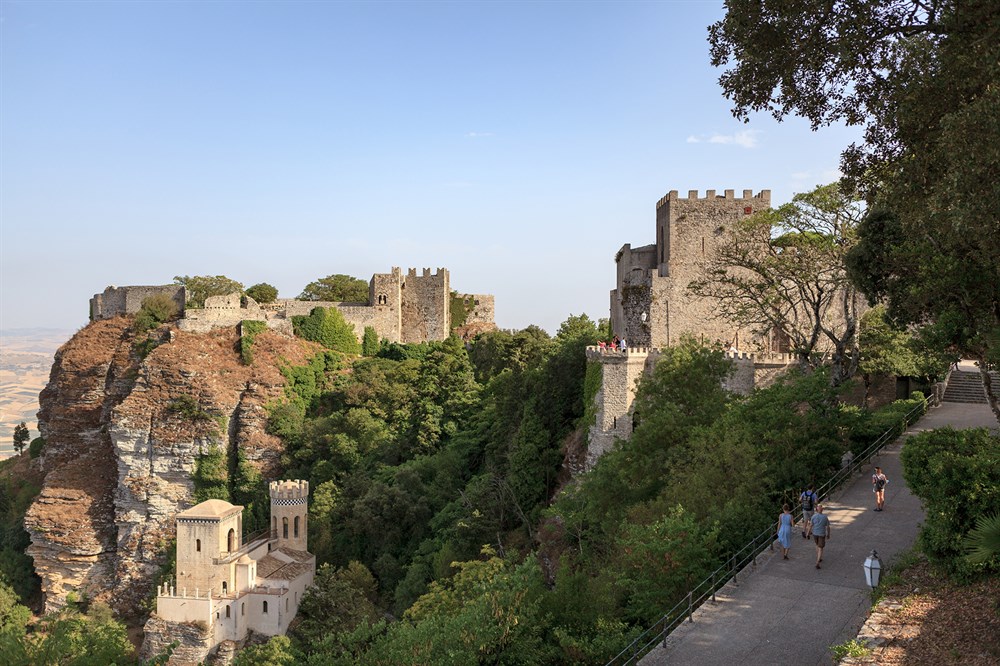
Sicilian architecture: The Saracens and Normans
At first glance, it might seem that the Saracen and Norman rulers of Sicily would have had very little in common. The former had arrived from North Africa and were part of the Golden Age of Arab civilisation, while the latter were an offshoot of the Vikings from the frozen north of Europe, adventurers and hardened warriors.
When the Normans ousted the Saracen forces in 1090, however, there was no obliteration of all things Arabic. Indeed, the men from the north were hugely impressed by what they found, and rather than destroying Arabic culture, they embraced it. Many institutions were retained, Islam was tolerated and Saracen landowners were allowed to keep their estates.
Palermo was the capital of Sicily under both the Arabs and the Normans, and it is here that the fusion of the two cultures really stands out. The Normans were eclectic, and their fascination with Arabic architecture was matched only by their passion for Byzantine mosaics. They expanded, altered and added to many existing buildings and, more often than not, used Arabic craftsmen for the work.
Discover the finest villas for rent in Sicily
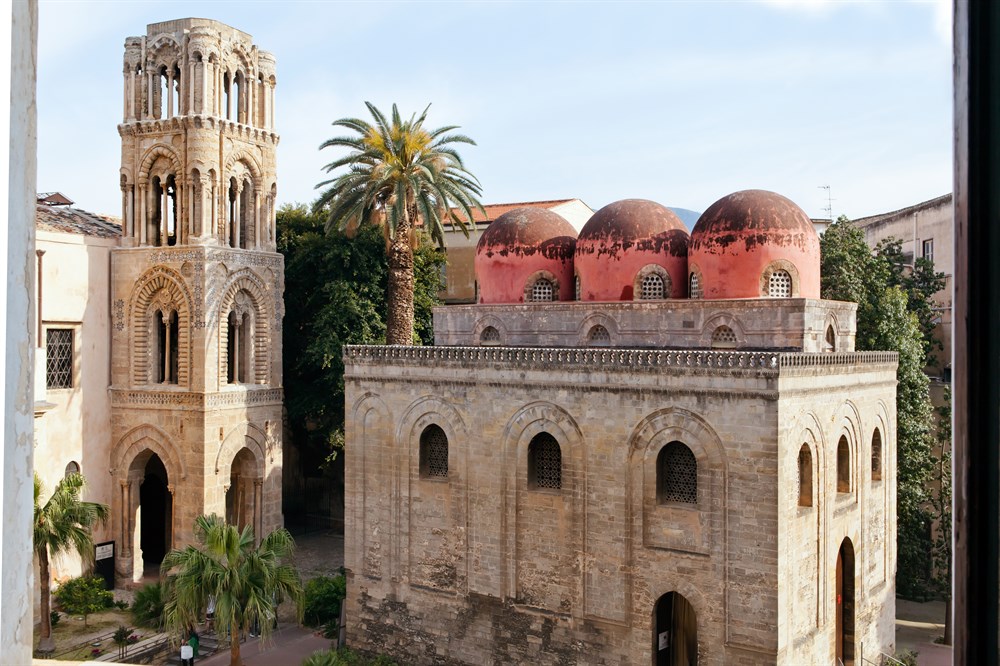
11 Sicilian Castles we love
We've chosen a few of our favourite Sicilian castles. They're scattered across the island, so no matter where you may be staying, you’ll be able to visit at least one or two. They all have a fascinating history and many played important roles in Sicily's most momentous events.
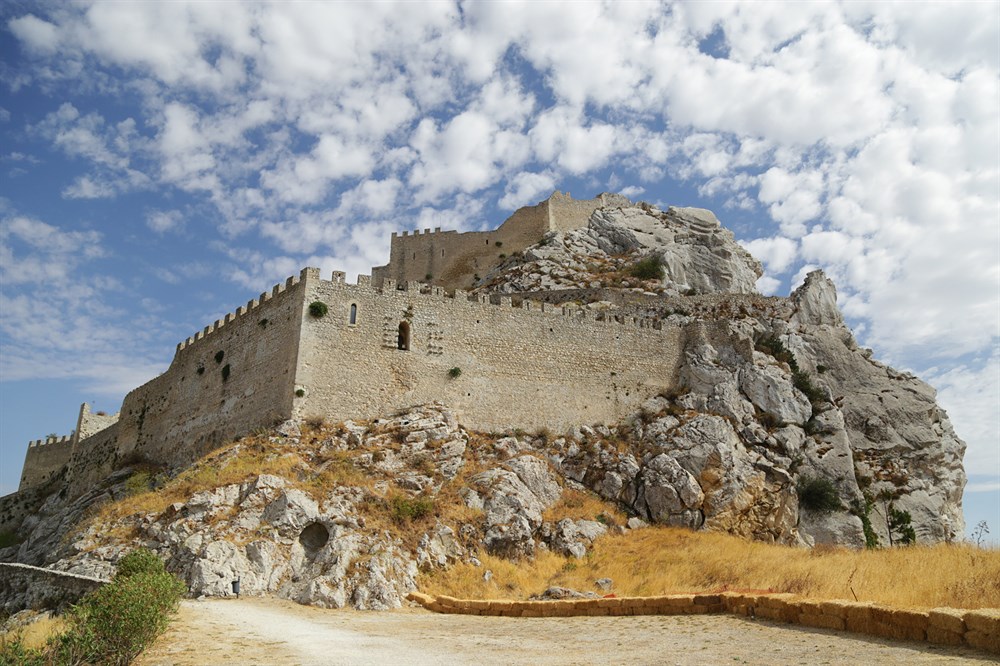
1. Il Castello di Mussomeli
In Sicily's heartland, mid-way between Palermo and Agrigento, the castle of Mussomeli rises atop a large limestone crag at over 700 metres above sea level, towering above the valley below and effectively controlling all who came and went along this important pass.
Commissioned by Manfredi Chiaramonte in 1370, the castle of Mussomeli was built into the rock and is impressively impregnable thanks to the precipitous drops on most sides, the thick crenellated walls and the narrow windows.
Opening times*:
From 25 April, it is open every day except Mondays from 9:15am to 12:00pm and 3:00pm to 6:00pm
In the winter, the castle is open on Saturdays and Sundays only

2. Castello Maniace
Situated on the tip of the tongue that is Ortigia, the historical centre of the city of Syracuse, Castello Maniace was commissioned by the great castle builder Emperor Frederick II in 1240. It takes its name from the Byzantine general who was so instrumental in ousting the Arabs from Sicily during one of the earliest Norman invasions in 1038.
After serving as a royal palace for the Angevin kings of Sicily, the castle spent most of the 15th century as a prison, before returning to its original function as part of the town's defensive structures.
Opening times*:
Monday from 2:30pm to 6:45pm and 7:30pm to 10:30pm
Tuesday to Saturday from 8:30am to 6:45pm and 7:30pm to 10:30pm
Sunday from 7:30pm to 10:30pm
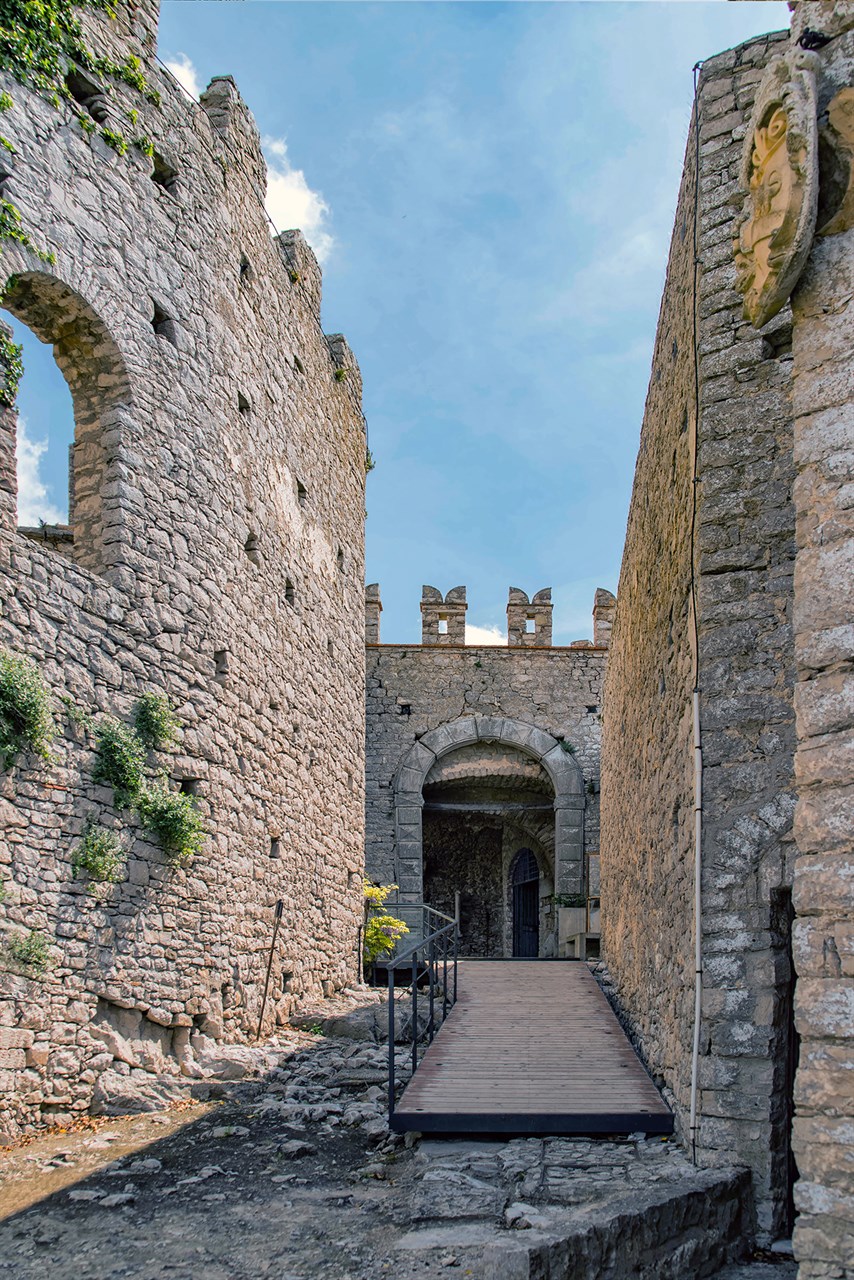
3. Il Castello di Caccamo
Built in the 12th century by a Norman knight, Matthew Bonellus, the castle of Caccamo was subsequently enlarged and reinforced by Manfredi Chiaramonte in the early 1300s. It offers all the characteristics one expects of a 'classic' castle, including square towers topped with swallow-tailed battlements, thick stone walls, and, thanks also to its position on the top of a precipitous limestone outcrop, a sense of impregnability.
It's a great day out for adults and children alike and there’s also a good restaurant nearby called A Castellana.
Opening times*:
Every day from 9:00am-1:00pm and 3:00pm to 7:00pm
Download our inspiring itinerary
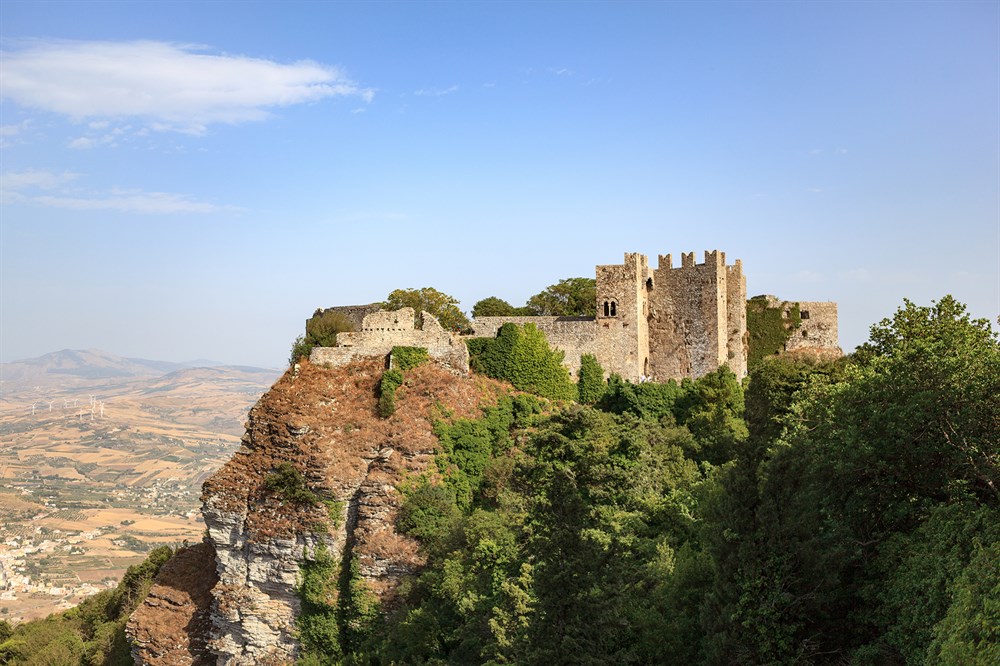
4. Il Castello di Venere
Erice is one of Sicily's most delightful towns, situated in an incomparable position on top of a mountain and offering stunning 360-degree panoramas of most of western Sicily, the sea and the Egadi Islands. Arguably the best views are from this 12th-century Norman castle, Il Castello di Venere (Venus Castle), so-called thanks to it having been built on the site of an ancient Temple of Venus.
Opening times*:
Every day from the end of March to the end of October from 10:00am to 6:00pm (or 10:00 am to 7:00pm or 8:00pm depending on the time of year)
In the winter months, the castle is only open on Saturdays and public holidays

5. Il Castello di Aci Castello
The east coast of Sicily, between Catania and Taormina, is home to a series of pretty fishing villages, one of which is Aci Castello. Most of what remains of the castle at Aci Castello dates back to the late 11th century, when the Normans rebuilt an existing Byzantine fortification on a towering lava stone sea stack.
A subsequent eruption of Mount Etna in 1169 filled in the sea separating the castle from the coast, making it accessible on foot from the mainland. There remains a rectangular tower (once the dungeon), a chapel and a couple of rooms, one of which is home to a small museum.
Opening times*:
Late March-May: Every day from 9:00am to 1:00pm and 3:00pm to 7:00pm
Mid June-August: Every day from 9:30am to 1:00pm and 4:00pm to 8:30pm
September-October: Every day from 9:00am to 1:00pm
The rest of the year: Every day from 3:00pm to 5:00pm

6. Il Castello di Donnafugata
Il Castello di Donnafugata is situated in the southeast of Sicily, between Ragusa and the sea. It’s not one of Sicily's truly historic, battle-hardened castles, but rather a sumptuous, architecturally eclectic aristocratic residence that was frequently changed and enlarged between the 17th and the 20th centuries.
Much of what you see today is fruit of the playful imagination of Baron Corrado Arezzo De Spuches (the owner who oversaw most of the changes). The castle's clean lines and creamy stone exterior create a kind of blank canvas onto which Normanesque double-lancet windows, a pastiche Venetian-Gothic loggia and a series of decorative crenellations have been applied.
If it looks familiar to you, it may be because Il Castello di Donnafugata has featured in the Inspector Montalbano TV series.
Opening times*:
Every day except Monday from 9:00am to 7:00pm
Download our itinerary for more inspiration
e.JPG)
7. l Castello di Caltabellotta
About 20km inland from the fishing port of Sciacca sits the town of Caltabellotta. Its name, deriving from the Arabic qalat al balad, meaning castle in the rock, efficiently sums up the town's major attraction.
Perched at over 900 metres above sea level and surveying the valley below from on high, Caltabellotta's strategic importance was not lost on the invading Normans, who launched an attack on the Arab garrison there in 1090. After razing the existing fortification to the ground, they set about building their own castle into and around the rocky spur that is still the fulcrum of the town today.
Opening times*:
The castle can be visited at any time
.jpg)
8. Il Castello di Milazzo
The hilly headland of Milazzo pushes out over 3km into the Tyrrhenian Sea, a crooked finger pointing the way to the Aeolian Islands. Its strategic position appealed to the Arabs who began work on a fortification there.
Then, as was so often the case, the Normans took over and enlarged it considerably before Emperor Frederick II developed it further, transforming it into a citadel with imposing walls that would later enclose a cathedral, a Benedictine monastery and a series of other buildings.
Opening times*:
Every day except Mondays from 9:00am to 1:30pm and 4:30pm to 8:30pm

9. Il Castello di Sperlinga
Where Sperlinga Castle begins and where the mighty rock into and onto which it is built ends is never quite clear. Parts of the castle emerge from the sandstone but, rather like an iceberg, much more is hidden below, unimaginable to the innocent observer.
The most famous event in the castle's history took place during the Sicilian Vespers in 1282. As the Sicilians rose en masse to oust (and massacre) their Angevin oppressors, the townsfolk of Sperlinga gave refuge to a few surviving Angevin soldiers in the castle. Remarkably, they survived for a year, demonstrating the castle's impregnability.
Opening times*:
Every day from 9:00am to 7:00pm
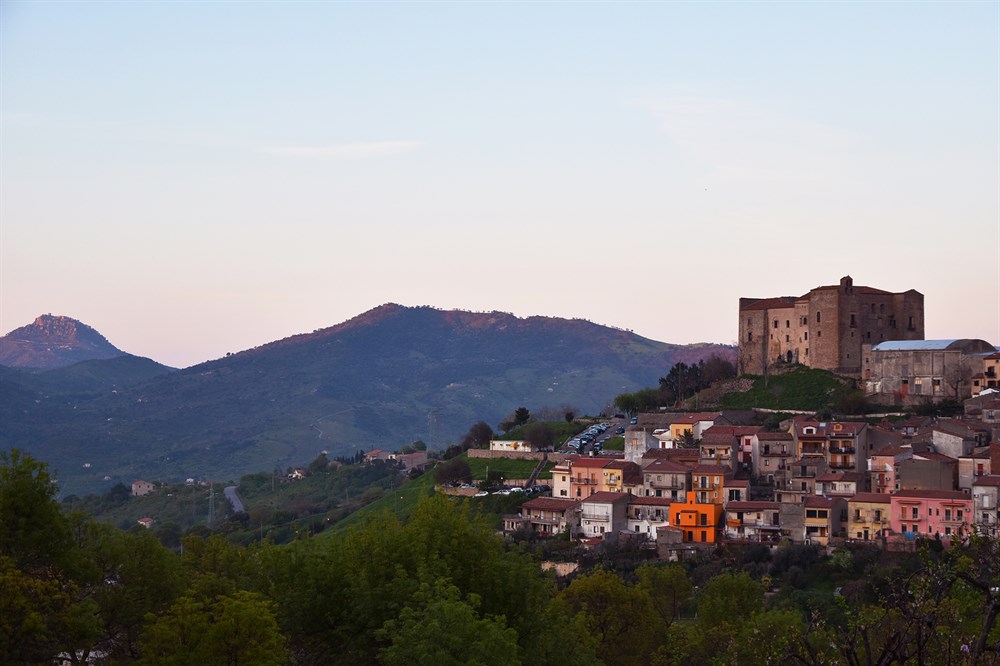
10. Il Castello di Castelbuono
Castelbuono, in the Madonie Mountains, is a great day trip for anyone staying near Cefalu on Sicily's north coast. The town's main attraction is undoubtedly its impressive castle.
Commissioned by the powerful baronial Ventimiglia family in 1316, the castle is a classic example of how, even after more than 200 years since the end of Arab rule, Saracen architectural aesthetics continued to be incorporated into many Norman-Swabian constructions. The castle is also home to the town's Civic Museum.
Opening times*:
Every day from 10:15am to 1:45pm and 3:15pm to 6:45pm
Download Cefalu’s inspiring itinerary
.jpg)
11. Il Castello di Carini
Situated in the centre of Carini, a hilltop town just west of Palermo, Il Castello di Carini dates back to the 11th century, when the remains of an Arabic castle were transformed into an imposing fortress by a Norman knight who had followed Roger I to Sicily.
Over the centuries, the castle has been expanded and updated many times, though most of what we see today is from the 12th and 13th centuries.
Opening times*:
Every day except Monday from 9:00am to 1:00pm and 3:00pm to 7:00pm
Embrace Sicily with The Thinking Traveller
Why not come and discover Sicilian architecture and castles for yourself, or uncover books about Sicily to read in your spare time? We would love to help you plan your next Mediterranean adventure, so take a look at our superb villas across Sicily and contact our team when you’re ready to get started.
* All opening times are correct at the time of writing. However, please check before you visit as times can change and are subject to seasonal variations.
